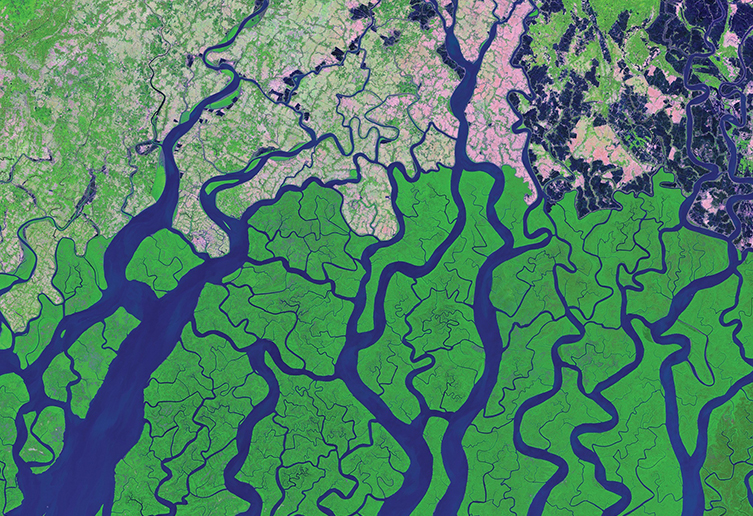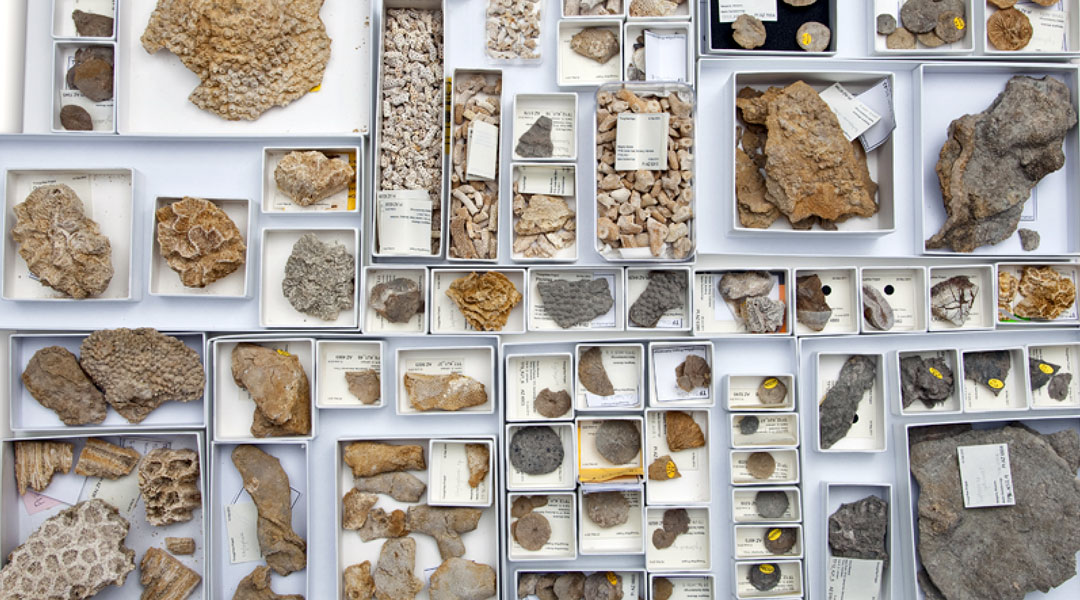A huge range of animals and plants benefit from living in protected areas across the globe, a study has revealed for the first time.

The largest-ever analysis of these areas used pioneering data managed by the Museum, and included biodiversity samples from 359 protected regions across the world.
Dr Samantha Hill, Museum researcher and co-lead author of the study, says it is the largest study of its kind showing species are thriving more in protected sites, sheltered from human impact.
The results, published in Nature Communicationsopens in a new window, found protected areas are home to 11% more species than similar unprotected areas, and 15% more individuals.
Dr Hill says, 'This collaborative project would not have been possible without a new database, co-ordinated by the Museum, drawing directly on the work of hundreds of scientists working in the field.
'Our results are exciting because they give us a new understanding of the biodiversity at the intersection of protected areas and developed areas.
'This work is vital at a time when a growing human population is putting increased pressure on available land.'
Ground-breaking data
Protected regions have been set up in every country to protect biodiversity, and they cover about 15.4% of the world's land.
Scientists from the Museum, the University of Sussex and the UN Environment Programme World Conservation Monitoring Centre led the project to examine whether these areas are having a measurable impact on the organisms living there.
-two-column-version1.jpg)
For the study, researchers used data from 359 protected areas. Some are shown on this map, produced by the University of Sussex.
The positive impacts on biodiversity were clear even when the protected areas included land used for crops, cattle pastures and plantations.
But the team discovered that the protective effect was greatest when human use of land was minimised.
A global resource
The research was carried out using a new global biodiversity database called PREDICTS (Projecting Responses of Ecological Diversity in Changing Terrestrial Systems), managed by the Museum.
PREDICTS data covers more than 50,000 species, spanning 31,000 sites in 97 countries.
The study used biodiversity samples from the database, taken from 1,939 sites inside the protected areas and 4,592 sites outside them.
Co-lead author of the study, Dr Claudia Gray from the University of Sussex, says, 'Previously, studies of protected areas have mostly used information from satellite photos to look at changes in forest cover.
'Instead, we used a new dataset that brings together information collected on the ground by scientists.'
The team could also see land use records compiled in the PREDICTS database. They could see whether the samples were collected in areas used by humans for housing, pasture or farming, or in areas that had been abandoned or left untouched.

A satellite photograph shows developed areas encroaching on the protected Sundarbans mangrove forest in the Bay of Bengal. The pink areas show land being used by humans. © NASA/USGS
Dr Hill adds, 'The database has been four years in the making, but we have been able to track how protection affects thousands of species, including plants, mammals, birds, insects, reptiles and amphibians.
'Lots of researchers are trying to figure out exactly how effective protected areas are, and this has given us clear, broad evidence that they are supporting biodiversity.'
Prof Andy Purvis, Research Leader for the PREDICTS project and one of the paper's authors, adds, 'This study shows how important questions in conservation biology can be tackled by joining forces.
'Each one of these datasets is like a piece of a jigsaw: the overall picture only becomes clear when you have all the pieces and can put them together.'
Future work
Governments in many countries face difficult decisions about protecting biodiversity while providing for the needs of their population.
It is hoped this research will provide important knowledge about the global significance of protecting land from development.
Dr Jörn Scharlemannopens in a new window, from the University of Sussex, says, 'Protected areas are widely considered essential for biodiversity conservation.
'Our results reinforce recent commitments by governments for increased support and recognition. We cannot deny the global importance of these areas.
'Protected areas do not currently benefit all species, but what we have shown is they have the potential to help us conserve some of the most biodiverse areas on Earth.'
Related information
- Read the full paper in Nature Communications opens in a new window
- Learn more about how the PREDICTS project is monitoring global biodiversity
- Access the Museum's Data Portal
- Read more news about the worldwide loss of species diversity, and how Museum scientists are tracking it

Protecting our planet
We're working towards a future where both people and the planet thrive.
Hear from scientists studying human impact and change in the natural world.




Don't miss a thing
Receive email updates about our news, science, exhibitions, events, products, services and fundraising activities. We may occasionally include third-party content from our corporate partners and other museums. We will not share your personal details with these third parties. You must be over the age of 13. Privacy notice.
Follow us on social media